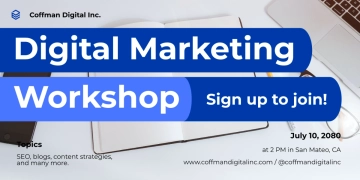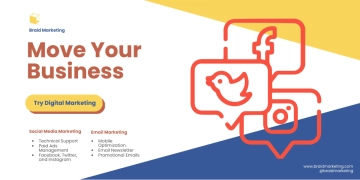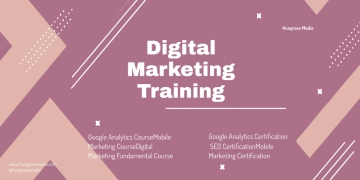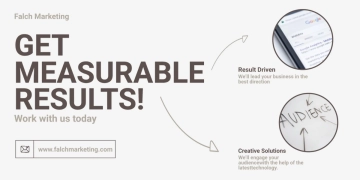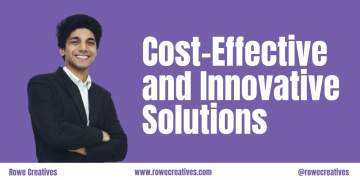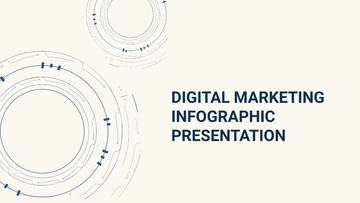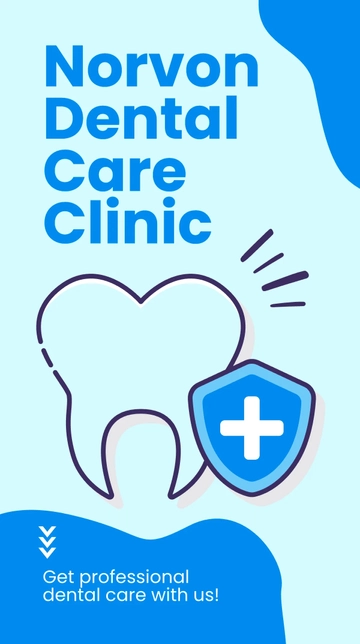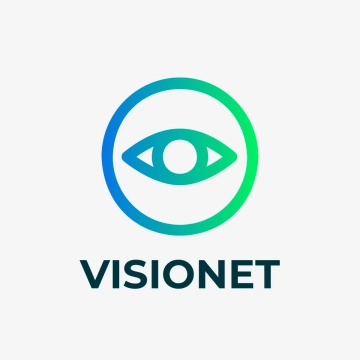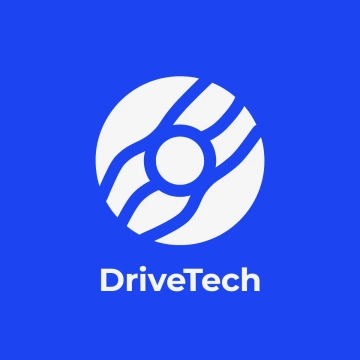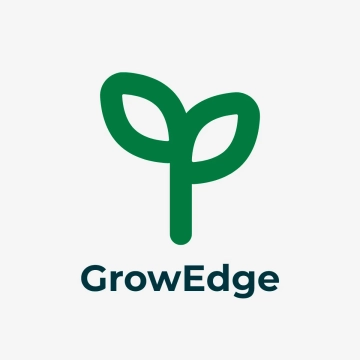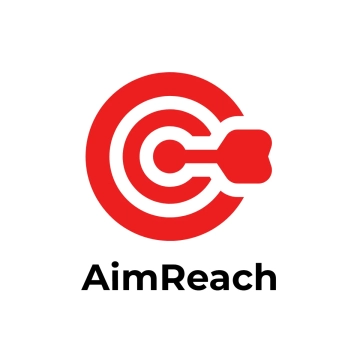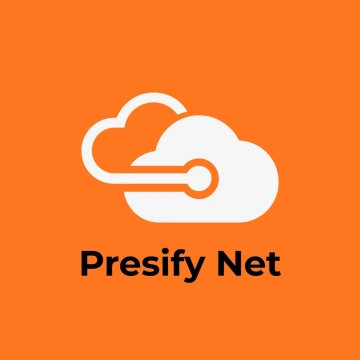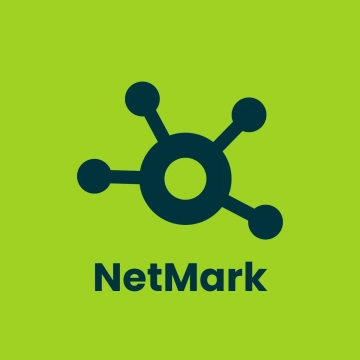Free Digital Marketing Feasibility Study
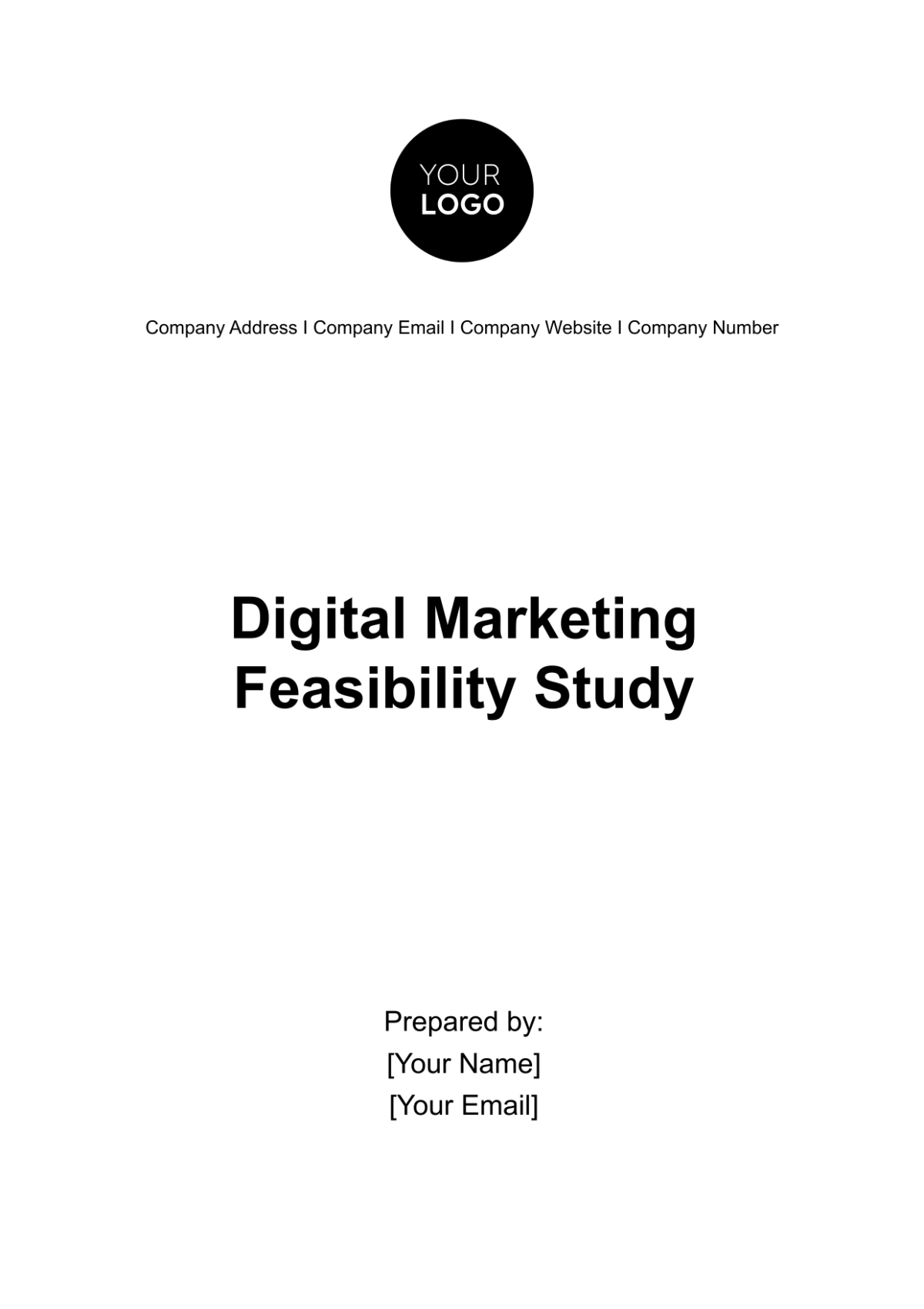
1. Executive Summary
In an era defined by digital transformation, the imperative for IT companies to harness the power of effective digital marketing cannot be overstated. This Executive Summary encapsulates the essence of the Digital Marketing Feasibility Study conducted for [Your Company Name]. The study's primary objective is to critically evaluate the feasibility, potential, and viability of introducing a strategic digital marketing initiative tailored to our unique business context. The study encompasses an in-depth analysis of the current digital landscape, understanding our target audience, gauging market competition, assessing budgetary prerequisites, and delineating anticipated outcomes. This comprehensive assessment aims to empower [Your Company Name] with the requisite insights and knowledge to make an informed and strategic decision regarding digital marketing implementation.
2. Introduction
[Your Company Name], a distinguished leader in the dynamic and ever-evolving information technology (IT) landscape, stands as a beacon of innovation and excellence. Our core competencies encompass an array of cutting-edge IT services, including but not limited to software development, IT consulting, cloud solutions, and a myriad of other industry-redefining solutions. In a realm characterized by relentless change and innovation, [Your Company Name] has consistently demonstrated its prowess in crafting ingenious solutions to meet the evolving needs of our clientele.
In recognizing the paramount significance of maintaining a competitive edge and fostering sustainable growth in a digitally driven age, we have embarked on an introspective journey. This journey revolves around the exploration of an instrumental paradigm shift - the adoption of a strategic digital marketing initiative.
Our raison d'être, at [Your Company Name], has always been to provide unparalleled IT solutions that address the intricate challenges faced by our clients. We believe that our suite of services possesses the potential to empower organizations and industries, fostering progress and resilience. However, in an era where the digital realm serves as the epicenter of interaction, communication, and business transactions, our ability to reach, engage, and resonate with our audience hinges on our adeptness in digital marketing.
As technology relentlessly advances, so does the landscape within which we operate. The digital sphere presents us with many opportunities to connect with our clients, showcase our technical prowess, and communicate our commitment to excellence. To remain aligned with our mission and vision, we are contemplating a strategic foray into digital marketing.
This endeavor will not only amplify our brand's presence but also facilitate the establishment of stronger client relationships, augment lead generation, and reinforce our reputation as a thought leader within the [sector/industry]. Our digital marketing endeavors will transcend mere promotion; they will testify to our unwavering commitment to delivering value, innovation, and superior service to our clientele.
The subsequent sections of this feasibility study delve into a comprehensive exploration of this prospect, dissecting the current digital landscape, understanding our target audience, dissecting our competition, delineating budgetary requisites, and elucidating the expected outcomes. Through meticulous analysis, projection, and planning, we endeavor to make a discerning and informed decision that positions [Your Company Name] at the vanguard of the IT industry's digital evolution.
With a steadfast commitment to excellence, innovation, and adaptability, [Your Company Name] is poised to embrace the digital age, leveraging digital marketing as a catalyst for growth and success. As we embark on this transformative journey, our ultimate goal remains unchanged: to serve as a beacon of innovation, a trusted partner to our clients, and a driving force in the [sector/industry].
3. Objectives
3.1 Increase Brand Awareness in the Target Market:
In an era where digital presence profoundly influences perceptions, [Your Company Name] aims to elevate its brand's recognition and visibility within the target market. By strategically utilizing digital marketing channels, we will work towards ensuring that our brand is not only recognized but also associated with innovation, excellence, and reliability in the [sector/industry].
3.2 Generate Quality Leads and Inquiries:
Lead generation is the lifeblood of any thriving IT company. Our digital marketing initiatives will be laser-focused on cultivating a consistent stream of high-quality leads and inquiries. We aspire to ensure that each lead is not merely a contract but a genuine prospect genuinely interested in the spectrum of IT services we offer. This approach is fundamental to nurturing a robust sales pipeline.
3.3 Enhance Customer Engagement and Retention:
Customer engagement is the bedrock of enduring client relationships. We recognize that, in the digital age, client engagement extends far beyond the initial transaction. Our digital marketing strategy will aim to foster deeper, more meaningful engagements with our existing clients. We will provide valuable insights, offer continuous support, and create avenues for feedback and interaction, thus enhancing customer retention and loyalty.
3.4 Position [Your Company Name] as an Industry Thought Leader:
In a competitive landscape, being perceived as an industry thought leader provides a distinct competitive advantage. We aspire not only to provide exceptional IT solutions but also to share our domain expertise and insights. Through content marketing, industry analysis, and engaging thought leadership pieces, we seek to establish [Your Company Name] as an authoritative voice in the [sector/industry].
3.5 Achieve a Positive Return on Investment (ROI):
Beyond recognition and engagement, our digital marketing endeavors must be financially viable and yield a positive return on investment (ROI). Our objective is to meticulously measure and analyze the performance of each campaign, ensuring that the resources invested translate into tangible results, both in terms of revenue and reputation. Achieving a favorable ROI underscores the effectiveness and sustainability of our digital marketing efforts.
These objectives form the cornerstones of our digital marketing strategy, driving us to harness the potential of digital channels to accomplish our mission. By achieving these objectives, [Your Company Name] will not only solidify its position in the [sector/industry] but also foster sustainable growth and lasting client relationships in the digital age.
4. Market Analysis
Target Audience:
In understanding and effectively engaging with our target audience, [Your Company Name] recognizes the critical importance of crafting well-defined customer personas. These personas serve as archetypal representations of our ideal clients, enabling us to tailor our digital marketing efforts with precision and relevance.
Persona: IT Director David
Demographics:
Age: 35-50
Gender: Male
Education: Bachelor's degree or higher
Job Title: IT Director or Chief Information Officer (CIO)
Company Type: Medium to large enterprises
Industry: Diverse sectors including finance, healthcare, manufacturing, and more
Persona:
Demographics:
Age:
Gender:
Education:
Job Title:
Company Type:
Industry:
These personas represent a cross-section of our target audience. By understanding their distinct demographics, preferences, pain points, and online behaviors, we can tailor our digital marketing content and strategies to resonate effectively with [Name Position] and [Client], among others. This focused approach ensures that our messaging and engagement efforts align precisely with the needs and expectations of our ideal clients, ultimately driving successful digital marketing outcomes.
5. Digital Marketing Channels
5.1 Website
A well-optimized website is the cornerstone of our digital marketing strategy. It serves as the primary touchpoint for potential clients, offering insights into our services and expertise. To ensure that our website aligns with our digital marketing objectives, we've conducted a comprehensive evaluation and outlined necessary updates and optimizations.
User-Friendliness:
The website is generally user-friendly with clear navigation menus.
The conten is well-structured, making it easy for visitors to find information.
Load times are acceptable, but improvements can be made.
User experience is generally positive.
Mobile Responsiveness:
The website is partially mobile-responsive, but improvements are required for consistent performance across all devices.
On smaller screens, some content appears cramped or poorly formatted.
Touchpoints, such as buttons and links, must be optimized for mobile use.
SEO Optimization:
While the website has some SEO elements in place, there's room for improvement.
Meta titles and descriptions are not consistently optimized.
The website lacks a comprehensive keyword strategy.
Images lack proper alt text.
URL structures need to be more search engine-friendly.
5.2 Content Marketing Strategy
Content marketing is the cornerstone of our digital marketing strategy, enabling us to showcase our industry expertise, engage our audience, and provide value to our clients and prospects. The following detailed strategy outlines the creation, distribution, and optimization of various content types to support our objectives.
Content Types:
a. Blog Posts: Regularly publish informative and insightful blog posts that address industry trends, best practices, and relevant topics. These should aim to provide practical solutions to common IT challenges.
b. Ebooks: Develop comprehensive ebooks that delve deep into specific IT subjects, offering in-depth guides, analyses, and actionable insights for our audience.
c. Whitepapers: Craft well-researched whitepapers that explore emerging technologies, market trends, and their implications on businesses. These should establish us as thought leaders in the IT sector.
d. Case Studies: Showcase our successful projects and solutions through detailed case studies highlighting challenges, strategies, and measurable outcomes. These serve as persuasive evidence of our expertise.
e. [Content Type]: [Description]
6. ROI Projections
Accurate ROI projections are crucial to gauge the effectiveness of our digital marketing initiatives and ensure that our efforts are delivering tangible value. To estimate potential ROI, we will rely on key performance indicators (KPIs) that align with our objectives. These KPIs will provide a comprehensive view of the expected return on investment.
1. Website Traffic Growth:
Objective: Increase brand awareness and attract more visitors to our website.
KPI: Measure the percentage increase in website traffic over a specified period.
Expected ROI: Higher website traffic can lead to increased brand recognition, expanded lead generation, and improved conversion rates. A projected increase of [0]% in website traffic is expected to yield a positive ROI.
2. Lead Generation:
Objective: Generate high-quality leads for our IT services.
KPI: Track the number of leads generated through digital marketing efforts.
Expected ROI: Improved lead generation can directly impact our sales pipeline. Based on historical data, we anticipate an increase in leads of [0]% resulting in a measurable ROI.
3. Conversion Rates:
Objective: Improve the conversion rate of leads into paying customers.
KPI: Analyze the conversion rate of leads into customers before and after implementing the digital marketing strategy.
Expected ROI: By optimizing the conversion process, we aim to increase the percentage of leads that convert into customers. A projected improvement of [0]% in conversion rates is expected to contribute positively to ROI.
7. Risk and Mitigation Strategies
A proactive approach to risk management is essential to safeguard the success of our digital marketing initiatives. By identifying potential risks and formulating strategies to mitigate them, we can ensure the resilience of our efforts in the dynamic digital landscape. Here is a comprehensive analysis of potential risks and corresponding mitigation strategies:
1. Risk: Algorithm Changes by Search Engines:
Search engine algorithms are updated frequently, impacting website rankings and traffic.
Mitigation Strategy:
Continuous Monitoring: Stay updated on search engine algorithm changes and adapt our SEO strategy accordingly.
Diversify Traffic Sources: Rely on multiple traffic sources, such as social media and email marketing, to reduce dependence on search engine traffic.
2. Risk: Data Security and Privacy Concerns:
Data breaches or privacy issues could damage our reputation and result in legal consequences.
Mitigation Strategy:
Strict Data Handling: Implement robust data security measures and adhere to data privacy regulations.
Regular Audits: Conduct regular security audits to identify vulnerabilities and address them promptly.
3. Risk: Budget Overruns:
Digital marketing expenses may exceed the allocated budget, impacting profitability.
Mitigation Strategy:
Budget Allocation: Prioritize and allocate budget to high-impact strategies and campaigns.
Ongoing Monitoring: Monitor spending against the budget and make adjustments as needed.
4. Risk: Negative Online Reputation:
Negative reviews or public backlash on social media can harm our brand image.
Mitigation Strategy:
Online Reputation Management: Implement strategies to address negative reviews and engage with unhappy customers constructively.
Proactive Engagement: Maintain an active online presence to preemptively address issues and build a positive brand image.
5. Risk: Technological Challenges:
Technical issues on the website, such as downtime or slow loading times, can hinder user experience.
Mitigation Strategy:
Regular Maintenance: Conduct routine website maintenance and performance checks.
Scalable Hosting: Ensure the website is hosted on a scalable platform to handle increased traffic.
8. Monitoring and Evaluation
The success of our digital marketing initiatives hinges on our ability to systematically measure and evaluate performance against predetermined benchmarks. Key performance indicators (KPIs) and metrics will be meticulously tracked to provide actionable insights and guide ongoing adjustments and optimization. Here is a detailed monitoring and evaluation plan:
Key Performance Indicators (KPIs):
Indicator | KPI | Objective |
Website Traffic | Monthly unique visitors, page views, and bounce rate | Gauge the effectiveness of our content and user engagement on the website. |
Lead Generation | Number of leads generated through digital channels. | Assess the performance of lead generation strategies and campaign effectiveness. |
Conversion Rates | Conversion rates for different digital marketing channels and campaigns. | Measure the efficiency of converting leads into customers and identify areas for improvement. |
Customer Lifetime Value (CLV) | CLV over time and by customer segments. | Monitor the long-term value generated from customers acquired through digital marketing efforts. |
9. Conclusion
The insights and analyses presented in this comprehensive feasibility study affirm the compelling case for [Your Company Name] to embark on the strategic journey of digital marketing. The data-driven assessment has unveiled the immense potential and opportunities in the digital landscape. Therefore, it is strongly recommended that we proceed with the thoughtful and deliberate implementation of a comprehensive digital marketing strategy.
The rationale behind this recommendation lies in the profound benefits that our digital marketing initiatives promise to deliver. The anticipated outcomes, including heightened brand visibility, increased lead generation, enhanced customer engagement, and our establishment as an industry thought leader, underscore the tangible value that this strategic shift can bring to our organization.
While acknowledging the potential challenges and risks, such as algorithm changes, data security concerns, and budget considerations, we have proactively devised mitigation strategies to safeguard our digital marketing endeavors. By staying vigilant and adaptive, we can effectively navigate these challenges while capitalizing on the numerous opportunities presented by the digital landscape.
In a world where the digital realm is a driving force in shaping business interactions and customer relationships, our commitment to embracing digital marketing reflects our dedication to staying at the forefront of the IT industry. It reaffirms our pledge to not only provide exceptional IT solutions but also to communicate our expertise, value, and commitment to innovation.
As we move forward, the journey into digital marketing will be guided by the KPIs and metrics established in our monitoring and evaluation plan. These metrics will serve as our compass, enabling real-time adjustments and optimization based on performance data. This iterative approach will ensure our digital marketing strategies remain agile, effective, and aligned with our business goals.
In conclusion, our decision to embrace digital marketing is not merely a strategic shift; it is a testament to our unwavering commitment to excellence, innovation, and adaptability. By doing so, [Your Company Name] is poised to enhance its market presence, foster sustainable growth, and serve as a beacon of innovation and trust in the [sector/industry]. With a well-structured plan, proactive risk management, and a relentless pursuit of excellence, we are primed to excel in the digital age.
- 100% Customizable, free editor
- Access 1 Million+ Templates, photo’s & graphics
- Download or share as a template
- Click and replace photos, graphics, text, backgrounds
- Resize, crop, AI write & more
- Access advanced editor
Navigate digital marketing success with Template.net's Digital Marketing Feasibility Study Template. This editable and customizable tool simplifies the study process, effortlessly tailored in our Ai Editor Tool. Enhance your marketing strategy with a comprehensive template, guiding a strategic and informed approach to digital campaigns. Pave the way for success with this innovative feasibility study template.




